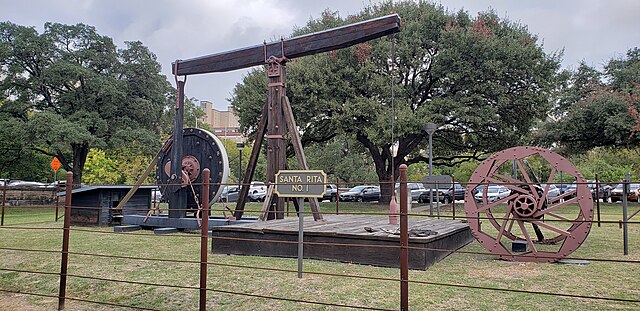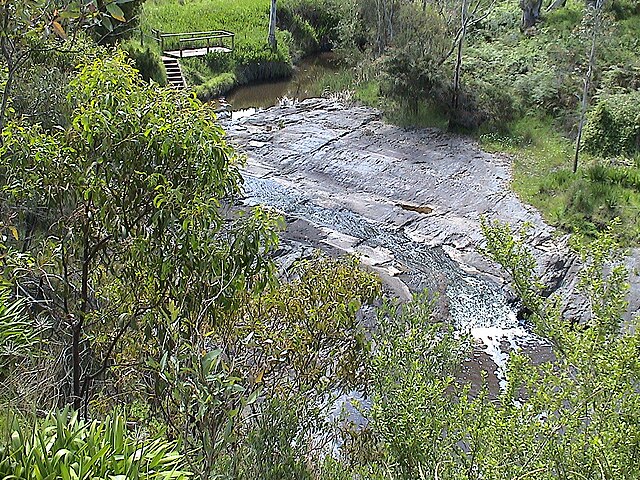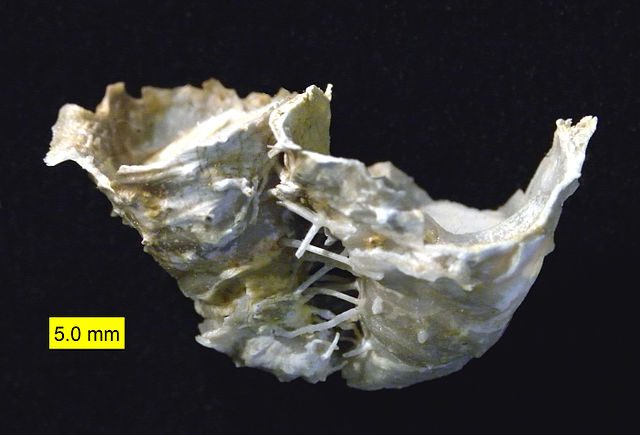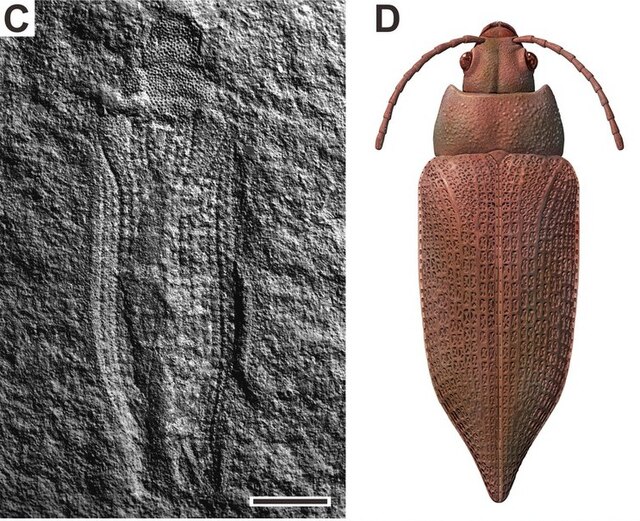Permian Basin (North America)
The Permian Basin is a large sedimentary basin in the southwestern part of the United States. It is the highest producing oil field in the United States, producing an average of 4.2 million barrels of crude oil per day in 2019. This sedimentary basin is located in western Texas and southeastern New Mexico.
Permian Basin stratigraphic column
Santa Rita No. 1 rig, used in the discovery of the Big Lake Oil Field in 1923.
Active Permian Basin pumpjack east of Andrews, TX
Image: Horseshoe Atoll
The Permian is a geologic period and stratigraphic system which spans 47 million years from the end of the Carboniferous Period 298.9 million years ago (Mya), to the beginning of the Triassic Period 251.902 Mya. It is the last period of the Paleozoic Era; the following Triassic Period belongs to the Mesozoic Era. The concept of the Permian was introduced in 1841 by geologist Sir Roderick Murchison, who named it after the region of Perm in Russia.
Selwyn Rock, South Australia, an exhumed glacial pavement of Permian age
Hercosestria cribrosa, a reef-forming productid brachiopod (Middle Permian, Glass Mountains, Texas)
Fossil and life restoration of Permocupes sojanensis, a permocupedid beetle from the Middle Permian of Russia
Edaphosaurus pogonias and Platyhystrix – Early Permian, North America and Europe








